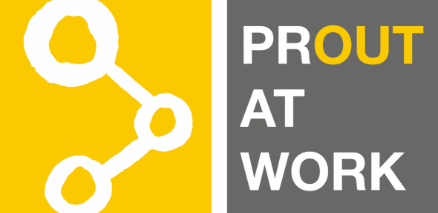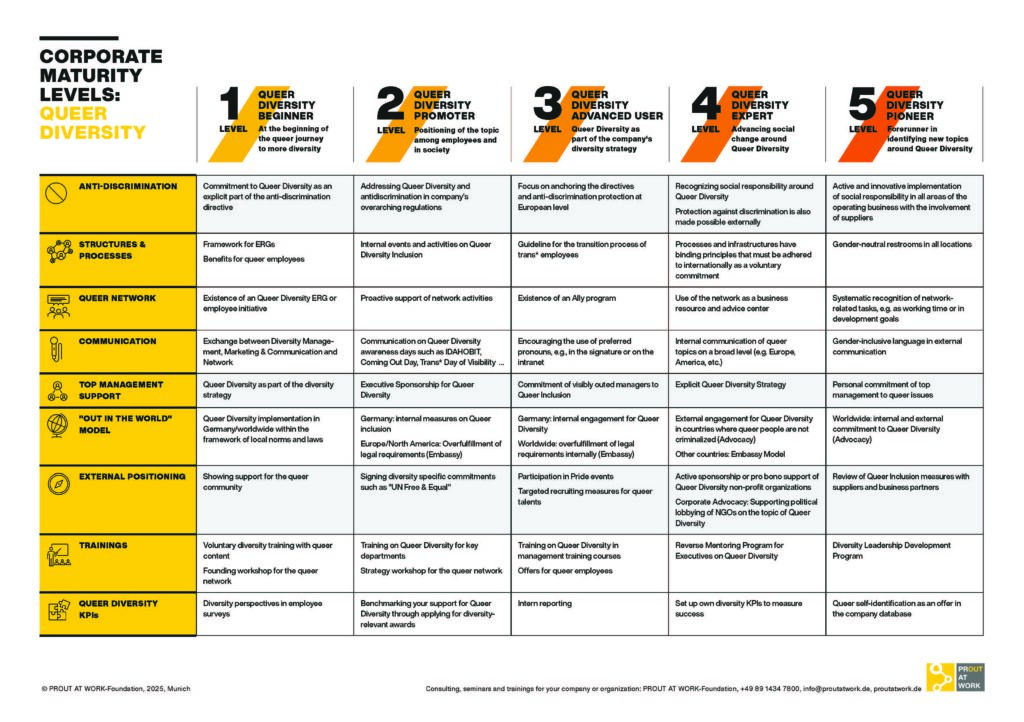
Good to know
Corporate Maturity Levels: Queer Diversity
How fit is your company when it comes to queer issues?
Absolute beginner or pioneer – where does your company or organization stand on queer issues? We have developed a simple tool especially for Diversity & Inclusion managers and representatives of the employee resource groups to check where they stand with their measures and what are the next steps on the journey to more Queer Inclusion.
Level 1: Queer Diversity Beginner
At the beginning of the queer journey to more diversity
Level 2: Queer Diversity Promoter
Positioning of the topic among employees and in society
Level 3: Queer Diversity Advanced User
Queer Diversity as part of the company’s diversity strategy
Level 4: Queer Diversity Expert
Advancing social change around Queer Diversity
Level 5: Queer Diversity Pioneer
Forerunner in identifying new topics around Queer Diversity
Corporate Maturity Levels: Queer Diversity
Categories
Anti-discrimination
Level 1 – 5:
Addressing LGBT*IQ and anti-discrimination in company’s overarching regulations.
Protection against discrimination and bullying based on sexual orientation and gender identity is explicitly laid down in the Code of Conduct or in comparable overarching documents.
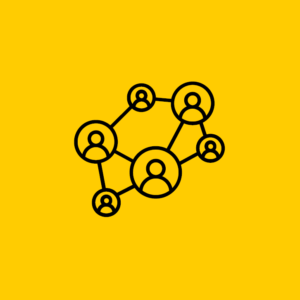
LGBT*IQ Employee Resource group (ERG)
Level 1:
Existence of an LGBT*IQ ERG or employee initiative
Employees have formed a group to address LGBT*IQ inclusion in the workplace.
Level 2:
Proactive support of ERG’s activities
The company enables the ERG’s work, e.g. by providing communication tools, premises or financial resources.
Level 3:
Existence of an Ally program
LGBT*IQ allies stand in solidarity with and advocate for LGBT*IQ people – especially in situations where they cannot be themselves.
People who do not identify as LGBT*IQ as well as members of the LGBT*IQ community who are not out in the workplace can become ambassadors and supporters for LGBT*IQ inclusion in the workplace. The program promotes a safe, inclusive work environment by, among other things, showing visible signs of support for the LGBT*IQ community.
Level 4:
ERG as a business resource and advisory body
The LGBT*IQ ERG is de facto recognized as a resource for the company, is in close exchange with the HR, marketing and business departments and advises them on topics such as employer branding for the LGBT*IQ target group or addressing new customer groups.
Level 5:
Systematic recognition of ERG engagement, e.g. as working hours or in development goals
The engagement for LGBT*IQ inclusion at the workplace is perceived as beneficial for the company and rewarded accordingly, e.g., in the form of working hours compensation or as an important component of personal goals in annual/feedback discussions (possibly linked to bonuses or promotion).
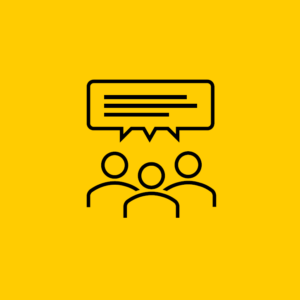
Support for LGBT*IQ Employees
Level 2:
Organizing internal events/activities on LGBT*IQ inclusion
The company initiates events and internal actions to make the commitment to LGBT*IQ inclusion visible and to recruit further supporters.
Level 3:
Counseling and support for coming out at the workplace
Internal counseling services are available to employees to assist with the coming out process at work. Alternatively, costs for external counseling services are covered.
Level 4:
Guideline for the transition process of trans* employees
The transition process is accompanied by a guideline that describes the essential steps and associated responsibilities within the company.
Level 5:
Gender-neutral toilets in all locations
In addition to restrooms for men, women and people with disabilities, restrooms for all genders are also available.
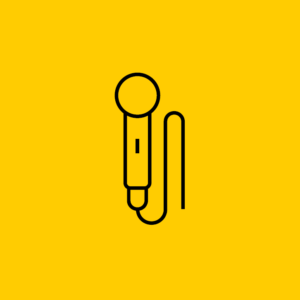
Communication
Level 2:
Communication on LGBT*IQ awareness days such as IDAHOBIT, Coming Out Day, Trans Visibility Day …
The company informs the workforce about the respective holidays (e.g. in the newsletter or in the calendar) and also positions the commitment externally, for example via social media or participation in cross-company campaigns.
Level 3:
Encouraging the use of preferred pronouns, e.g., in the signature or on the intranet
Employees can use their preferred pronouns in the signature, intranet and HR system and are even motivated to do so.
Level 4:
Guideline on gender-inclusive language for employees
The guideline contains recommended actions for communication that takes all genders and identities into account.
Level 5:
Gender-inclusive language in external communication
The company communicates with customers and business partners in a gender-inclusive manner, as it does on its website and in its annual report.
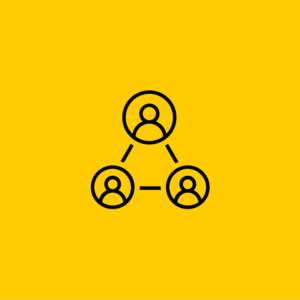
Top Management Support
Level 2:
LGBT*IQ as part of the diversity strategy
The LGBT*IQ dimension is officially recognized as part of the corporate strategy. Accordingly, a significant part of the budget is used for LGBT*IQ inclusion measures.
Level 3 :
Executive sponsorship for the LGBT*IQ dimension
An individual from the board or board level-1 engages internally and externally for greater LGBT*IQ inclusion by, for example, speaking at events, opening doors to the network, and facilitating extra budgets.
Level 4:
Out leaders showing active engagement for LGBT*IQ inclusion
There are LGBT*IQ leaders at all levels in the company who act as role models for the community. They support LGBT*IQ initiatives and are contacts for LGBT*IQ inclusion issues.
Level 5:
Explicit LGBT*IQ diversity strategy
The LGBT*IQ dimension is not only perceived as part of a general diversity & inclusion strategy, but is given a strategy of its own. This includes stand-alone measures and initiatives that address external LGBT*IQ applicants, business partners and suppliers – and support the LGBT*IQ workforce.
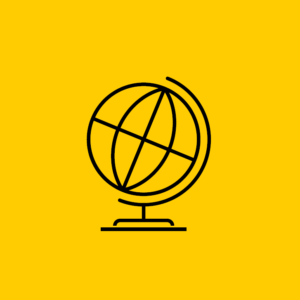
“Out in the world” Model
“Out in the World: Securing LGBT Rights in the Global Marketplace” is a 2016 study that examines LGBT*IQ inclusion in the workplace on a global scale. It divides the world into three categories: Countries with LGBT*IQ-hostile laws, countries with LGBT*IQ-unfriendly laws, and those with LGBT*IQ-friendly laws. The study identifies ways in which international companies with a presence in countries that are not LGBT*IQ-friendly can still have a positive impact on the situation of LGBT*IQ people.
Three models of corporate engagement are distinguished:
- When in Rome: companies adhere to local norms and laws.
- Embassy: companies enforce pro-LGBT*IQ policies in the workplace, but not outside the organization.
- Advocate: companies seek to effect change in cultural attitudes about LGBT*IQ issues outside the workplace.
More here.
Level 2:
LGBT*IQ implementation in Germany within the framework of local norms and laws
Level 3:
Internal LGBT*IQ support at German location(s) and implementation of local standards and laws at sites outside of Germany
Level 4:
Internal and external pro-LGBT*IQ commitment at the German location(s) as well as internal commitment abroad
Level 5:
Internal and external pro-LGBT*IQ commitment at all company’s locations

External Positioning
Level 2:
Showing support for the LGBT*IQ community
Visibility not only during Pride Week or Pride Month, e.g., logo in rainbow colors, raise rainbow flags, giveaways in rainbow colors, mark the role of the ally (pins, cards, stickers), etc.
Signing LGBT*IQ specific commitments such as “UN Free & Equal”
Official commitments qua signatures. By signing the UN Code of Conduct, for example, companies commit to adopting five rules of conduct for dealing with LGBT*IQ in the workplace, in business and in society.
Level 3:
Participation in Pride events
Walking group or pride float with the company brand. The costs are paid by the company.
Targeted recruiting measures aimed at the LGBT*IQ community
Addressing the LGBT*IQ target group directly with gender-inclusive language and diversity statements, e.g., in advertising or job postings. Not only at LGBT*IQ specific events, but at all recruiting events, in relevant brochures and on the internet.
Level 4:
Active sponsorship or pro bono support of LGBT*IQ non-profit organizations
There are many NGOs that advocate for LGBT*IQ. They all need financial support or other resources such as space, advice, translation, etc.
Corporate Advocacy: supporting political lobbying of NGOs on the topic of LGBT*IQ
Political engagement to improve the situation of LGBT*IQ people is an important corporate contribution – also beyond corporate borders, i.e. socially and in all countries where companies are operationally active.
More about the political campaigns of PROUT AT WORK.
Level 5:
Review of LGBT*IQ inclusion measures with suppliers’ and business partners’ side
Business partners and suppliers must fulfill certain LGBT*IQ diversity criteria, e.g. statements regarding support for the LGBT*IQ community, explicit protection against discrimination and bullying in company regulations, etc.
In-depth auditing of LGBT*IQ measures in the company incl. goals formulation
Initiation of an external investigation process in which the current measures on LGBT*IQ inclusion are examined as well as concrete target setting in order to improve the situation in the company.
PROUT AT WORK offers process support for this purpose.

Trainings
Level 3:
Addressing LGBT*IQ issues in workforce and leadership training
LGBT*IQ inclusion is offered as part of a training for managers or the entire workforce, or regularly as a separate training.
Level 4:
Reverse Mentoring Program for Executives on LGBT*IQ
In reverse mentoring, junior employees take on the role of mentors – and provide executives with a personal understanding of LGBT*IQ issues.
Level 5:
LGBT*IQ Leadership Development Program
LGBT*IQ employees can participate in specific LGBT*IQ development programs, such as Leadership Development Program, Masterclasses, and MBA Fellowship. More info here.

LGBT*IQ diversity KPIs
Level 3:
Benchmarking in the form of applications for LGBT*IQ relevant awards
Participation in various rankings in which the commitment to LGBT*IQ inclusion is evaluated and compared with other participants.
Level 4:
Set up own LGBT*IQ KPIs to measure success
Using various performance metrics to measure progress on LGBT*IQ inclusion efforts, e.g.:
- Size of LGBT*IQ network
- Number of LGBT*IQ employees
- Proportion of job applications from LGBT*IQ backgrounds
- Proportion of promotions of LGBT*IQ employees
- Number of participants in LGBT*IQ events
- …
This leads to a continuous improvement process in the company.
Level 5:
LGBT*IQ self-identification* as an option in the company’s database
LGBT*IQ status is an invisible dimension of diversity and can only be measured if employees have the opportunity to self-identify. Voluntarily, of course – those who do experience higher levels of satisfaction and pride in belonging to their company.
Being able to be out in the workplace has a positive impact on engagement, loyalty and productivity.
*The data protection risks and implications of the survey must be considered.
